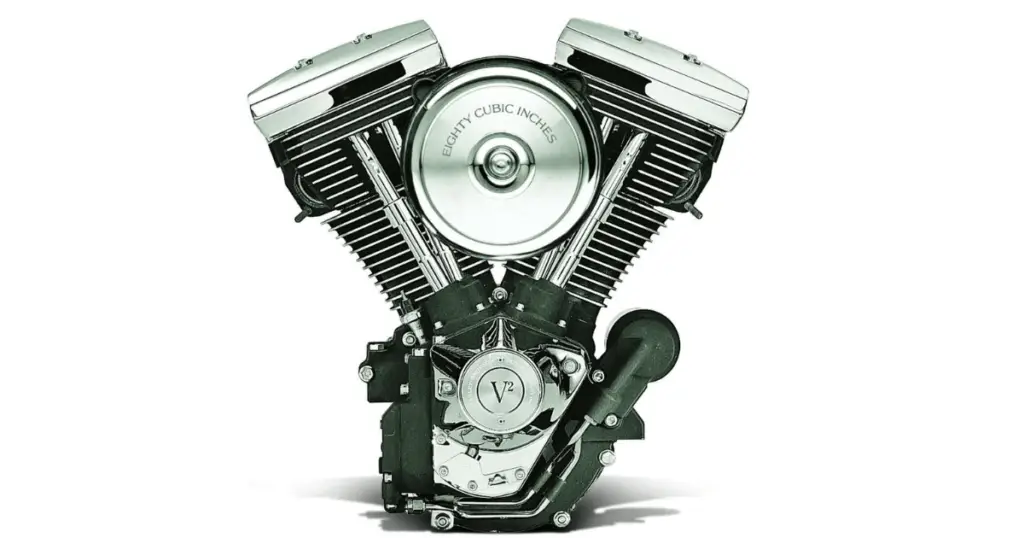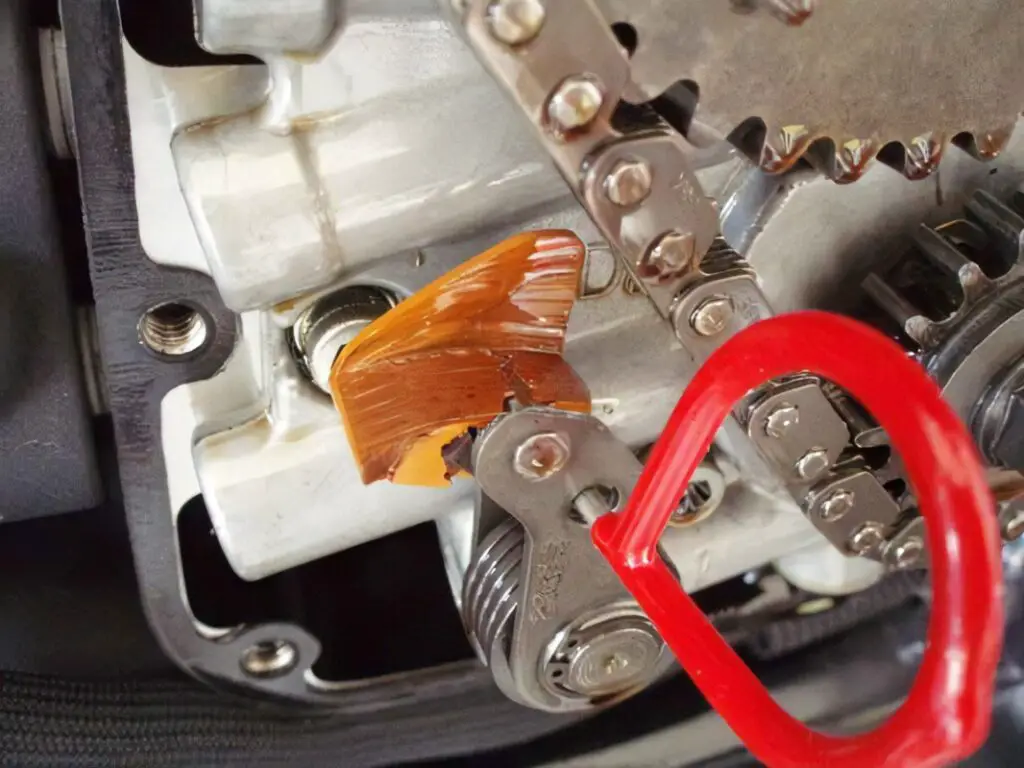Harley-Davidson, a name synonymous with classic American motorcycles, has a rich heritage of manufacturing bikes that cater to the riders’ desires. Among their numerous creations, the Harley Evolution (Evo) engine has a special place. This controversial engine, often termed as ‘Blockhead,’ has been a topic of debate among bikers for years. This guide will explore the best and worst years of the Harley Evo, and which Harley Evo years to avoid like the plague, shedding light on the engine’s key features, downfalls, and common issues. Ready? Let’s throttle up.
What Years Did Harley Make The Evo Motor?

The Harley Evo was introduced in 1984 and continued its journey until 1999, spanning across 15 years of production. The engine saw its genesis during the 1980s, a time when Harley-Davidson was striving to regain its lost glory from emerging Japanese competitors. The Evo was designed to replace the company’s previous ‘Shovelhead’ engine, aiming to provide a more reliable and powerful engine option for Harley enthusiasts.
What Harleys Have The Evo Motor?
The Evo motor was featured in a variety of Harley models over the years. The first Harley model to be equipped with the Evo engine was the Softail, introduced in 1984. Soon after, in 1985, the Harley Sportster also adopted the Evo engine. Subsequently, the engine made its way into numerous Harley models, including the Touring and Dyna series. This widespread usage of the Evo engine underlines its significance in the Harley-Davidson’s engine lineup.
Why Was It Considered The Best Harley Engine Ever Made?
The Evo engine is often hailed as the best Harley engine ever made, primarily due to its reliability and power. With an aluminum head and cylinder, the Evo was lighter and offered better cooling than the previous Shovelead engines. Its design was optimized to provide a smoother ride, and it was built to last, with some engines running for over 100,000 miles before needing a rebuild. The Evo engine’s power, durability, and longevity made it a favorite among many Harley riders.
Dive deeper:
– Harley’s Twin Cam vs Evo: Who Reigns Supreme? (Revealed)
– Shovelhead vs Panhead vs Knucklehead (Trip Through Time)
– Twin Cam vs Milwaukee 8: Harley Motor Shootout
What Were Its Downfalls? (Brief Summary of Common Problems)
Like any mechanical component, the Evo engine had its share of problems. Some of the common issues that plagued these engines include oil leaks, cam chain tensioner failure, starter problems, charging system failure, and smoking. These problems were more prominent in certain model years, leading to the categorization of ‘worst years’ for the Harley Evo engine.
Diving Deeper into Evolution Engine Problems
Let’s delve deeper into the various issues that have been reported with the Harley Evo engines over the years:
Oil Leaks and Excessive Oil Consumption
One of the most common problems with the Evo engines is oil leaks. These leaks can occur from various parts of the engine, including the rocker boxes, pushrod tubes, and base gaskets. Additionally, worn piston rings, valve guides, or seals can lead to excessive oil consumption.
Cam Chain Tensioner Issues
The cam chain tensioners in Evo engines can wear out prematurely, leading to noisy operation, reduced performance, or even severe engine damage. This issue is often attributed to insufficient lubrication or poor-quality components.

Starter Problems
Evo engines can also experience problems with the starter motor, where it fails to engage or turn over the engine. This problem can be caused by a weak battery, a faulty starter solenoid, or worn-out starter motor components.
Charging System Failure
Some Evo engines have reported problems with the charging system, leading to a discharged battery or failure to start the engine. This issue can be caused by a faulty alternator, voltage regulator, or wiring.
Related: Harley Davidson Stator Replacement Cost Overview (+DIYable?)
Smoking Problem
Evo engines can also experience smoking problems. This issue can be caused by worn piston rings or valve seals, a clogged or damaged PCV system, a blown or damaged cylinder head gasket, or overfilled oil.
Related: Best Spark Plugs for Harley Davidson Evo: Bikes Evolve Today
What Were The Harley Evo Years to Avoid (Most Affected Model Years)
While the Evo engine was produced for 15 years, not all those years were smooth sailing. The early production years, particularly from 1984 to 1987, are often considered the worst years for the Harley Evo engine. These early models had several problems that were gradually addressed in the later years.
What Was The Last Year of Evo Motor Production?
The last year of Evo motor production was 1999. After this year, Harley-Davidson transitioned to the Twin Cam engines for their Softail and Dyna models. The Evo engine’s production might have ended, but its legacy continues to live on in the hearts of Harley enthusiasts.
What Was The Best Year Evo Engine?
The best year for the Evo engine is often debated, but many Harley-Davidson enthusiasts and experts agree that Evo engines produced in the mid to late 1990s are among the best. These engines benefit from several years of refinement and manufacturing improvements since the Evo’s introduction in 1984. Specifically, models from around 1995 to 1999 are frequently mentioned for their reliability and performance.
Remember this, either way: while the Harley Evo engine has had its share of problems, its strengths and iconic status in the Harley lineup cannot be overlooked. As with any mechanical component, regular maintenance and proper care can help mitigate many of these issues, ensuring a smooth and enjoyable ride for Harley riders.
Technical Resources to keep handy:
– The Ultimate Harley Davidson Tire Pressure Chart (PDF Guide)
– Torque Specs for Harley Davidson: Ultimate Guide (PDF)
– Complete Harley Davidson Tire Size Chart (PDF)
– Unlock the Power of Harley Diagnostic Codes (PDF Included)